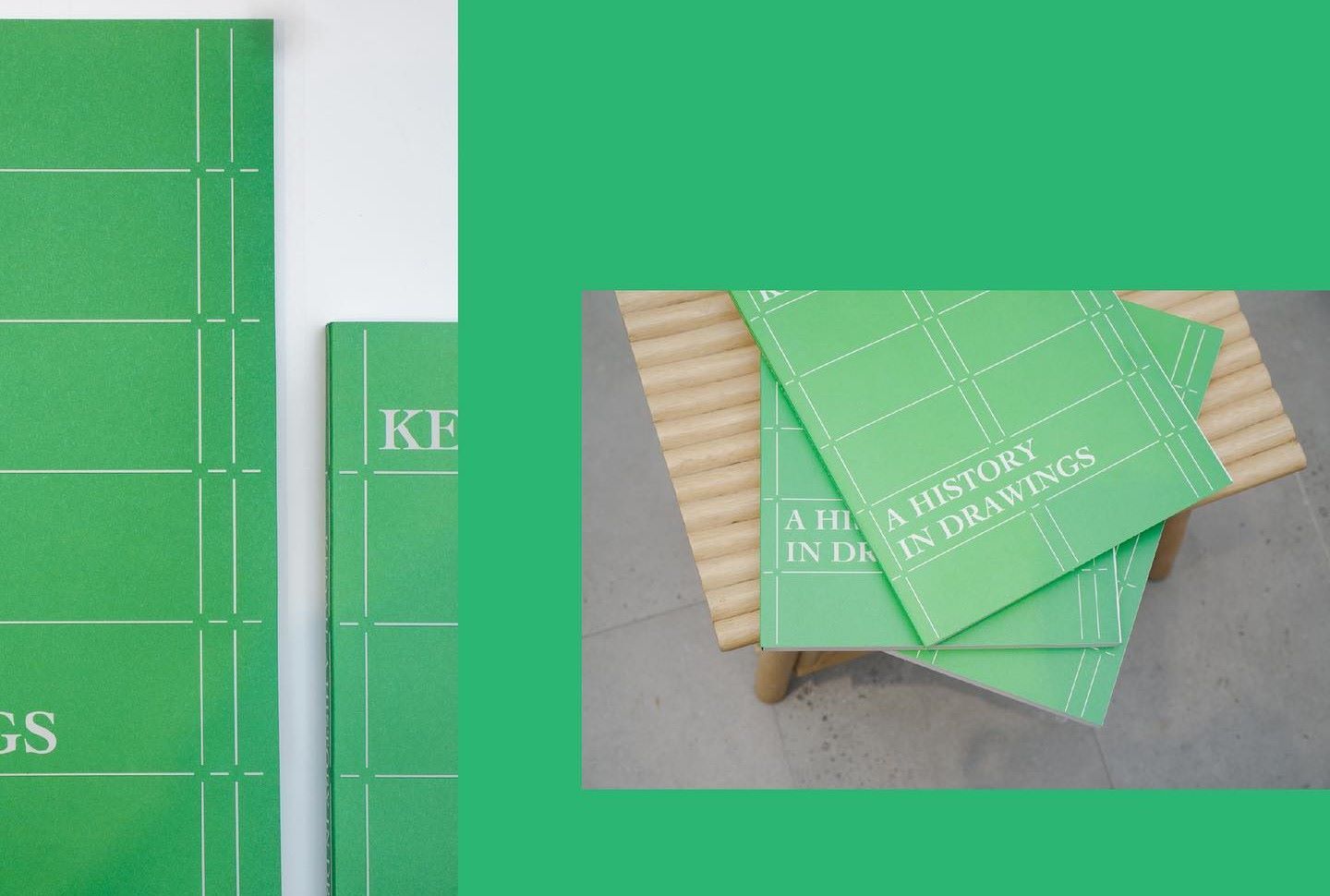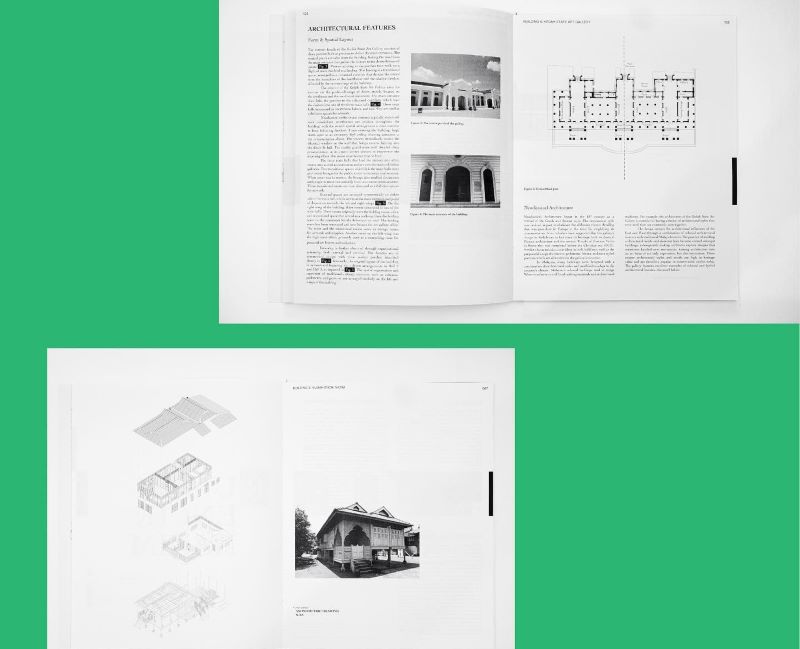
The publication of this book is supported by Yahaya Ibrahim Holdings Group (All photos: Suburbia Projects)
Kedah: A History in Drawings documents the late-modern history of the Rice Bowl of Malaysia. The project was initiated with the intention of gathering a collection of works from Taylor’s University architecture students on measured drawings of the oldest state in Malaysia from 2017 and 2018.
The book highlights the importance of measured drawing techniques in building conservation — a process of preserving historical assets from being harmed, lost, altered or restored without proper design, planning and management. It is a body of work by students, academicians and contributors, including Koh Jing Hao, Khairool Aizat Ahmad Jamal, Goh Ai Tee, Laurence Loh, Nor Hayati Hussain, Zuraini Md Ali and Rodiah Zawawi.
In between the pages, readers are presented with drawings and layouts, coupled with historical stories and architectural findings in iconic houses in Kedah such as Rumah Tok Su, Rumah Sungai Ular and Rumah Encik Nazim as well as other cultural buildings, including Balai Seni Negeri Kedah, Muzium DiRaja Kedah and Muzium Negeri Kedah.
book_inside.jpg

Contributors Azim Sulaiman and Nik Syazwan Nik Ab Wahab interviewed Abdul Rahman Ahmad Bashah, a traditional craftsman with 40 years of experience in constructing and renovating timber houses, as well as carving furniture. Meanwhile, a conversation with Zainal Abidin Musa by Keith Tan Kay Hin reveals the artisan’s background in woodcarving and his smart ways in recycling timber.
The publication of Kedah: A History in Drawings is supported by YI Holdings Group. The company’s CEO, Shafiqe Badril, is passionate about history and was more than happy to help bring the book to life. “During my school years in the UK and US, I would always score an A in history without having to religiously study for the subject. That’s how much I love history.”
Shafiqe writes that, in order to understand how our modern world came into existence, we first need to understand its history. “What a great way to educate myself on the history of our country by going through this well-documented book. It has been put together by some of the most passionate academicians and creatives who have put in years of great work to produce this critical publication.”
He believes in the importance of learning about the the past as it gives us a sense of self-awareness of our nation’s identity. “From the days of Bujang Valley to today’s modern cities that have come a long way, this book will be able to answer very important questions about the evolution of the built environment in this country.”
This article first appeared on July 31, 2023 in The Edge Malaysia.


